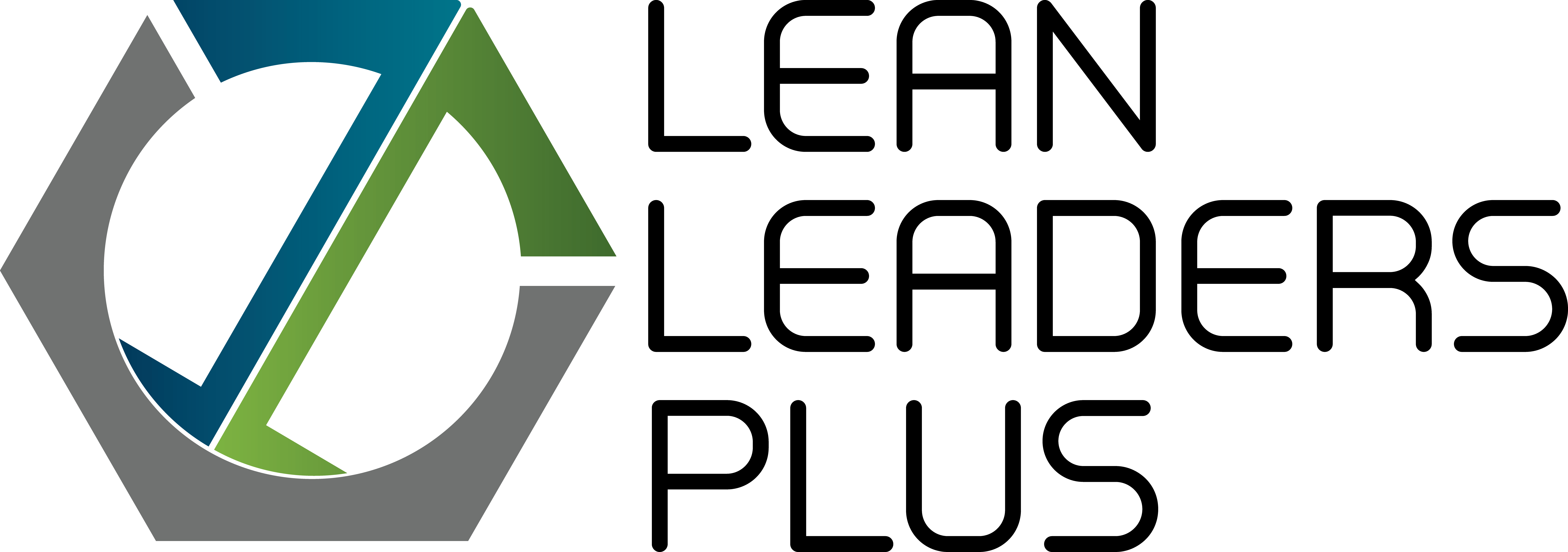Why is Change So Difficult?

Change is a necessary part of business growth. However, employees often resist change because it creates uncertainty and anxiety. People tend to fear the unknown and are comfortable with the familiar.
When it comes to implementing Lean within a company, the biggest obstacle leadership tends to face is opposition from their employees. Leaders should acknowledge the impact that organizational change has on company culture and utilize the best strategies to minimize friction. Managing change involves effective communication of the change and assistance with any concerns, questions, or training required.
It is important to include everyone in the process, to ensure employee understanding and ownership of the change. This keeps everyone accountable for implementing and sustaining changes in a cohesive work environment. The smoother the transition goes, the more powerful the organizational change will be.
“Culture does not change because we desire to change it. Culture changes when the organization is transformed; the culture reflects the realities of people working together every day.”
Frances Hesselbein, The Key to Cultural Transformation (1999)
So How Does a Company Transform?
The development of a successful transformation strategy is dependent on two key elements: processes and people.
For too long, transformation was only focused on the systems, tools, and processes without integrating organizational change into the transformation process. In reality, the two are dependent on each other. Focusing on either element separately, you can create the most efficient systems and synergistic structure possible and still end up in the same place – or worse.
Here are some of the best ways to foster change in your organization:
1. Solicit Buy-in Early
Employees are more likely to embrace the ‘new’ if they are involved in the process early on. Ensure that communication is frequent and consistent. Everyone affected by the change needs to know what to expect since uncertainty breeds fear and resistance. Change should not be communicated as imposed or forced. Rather, engage employees in a conversation about the process. Ask them what they think and how they are feeling. Create an open environment that welcomes change and addresses concerns head-on.
2. Create Open Communication Channels
Communication channels should start at the top with the C-level executive or VPs and cascade down through the organization. Encourage management to discuss the change in more detail with their teams. After all, these leaders can act as both the greatest ally and the greatest obstacle for change. They are closest to the employees who must adopt the new processes and behaviors associated with Lean process changes.
However, communication should not go one-way; rather, it should circle back up to the top. Implementing open channels that encourage two-way communication will make employees feel that they are part of the process. Be sure to speak clearly and honestly at all times, especially where employees are feeling uncertain.
When you give employees an outlet for their concerns, they have a proactive way to express themselves—rather than complaining, venting and grumbling behind closed doors. They’ll also feel that they have a voice and are a valued part of the change initiative.
Ensure Communications are Consistent
Open dialog needs to be available early in the process and remain consistent throughout the transformation. Beyond consistent timing, it is equally crucial that the message should align at all levels. Notice how this subtitle above is different from the others? This inconsistency makes it easier to miss important information or get confused on where you are in the process. For example, are you still on strategy number two or this something different? You might not have even noticed the change because it didn’t align with the communication strategy.
Employees want to hear change messages detailing how their work and team will be affected from the person they report to. Misalignments of messaging and timing will create mistrust and future discord. Consistency is the key to minimizing confusion in a change-driven environment.
4. Emphasize the Positive and Progress
Implementing a Lean transformation takes time, so managers should resist the temptation to rush the process. There needs to be an overall focus on the primary reward gained by this change. Keeping teams focused on the benefits of the end results will help everyone look past the day-to-day activities. It’s important to measure progress and celebrate wins along the way. Keeping employees informed of the progress also helps with transparency.

Remember, leaders who understand the necessity of organizational change and how to effectively implement those changes will focus on processes and people to do so. Take these crucial steps in your organization and watch as your transformation strategy becomes a successful reality.
Lean Leaders Plus is a Lean Leadership Consulting Firm dedicated to helping clients realize their potential as leaders, fueling their continuous improvement efforts. We combine six sigma, Lean tools, and other proven techniques to help you reach your goals. Let us know how we can support you in your organizational transformation!

Recent Comments